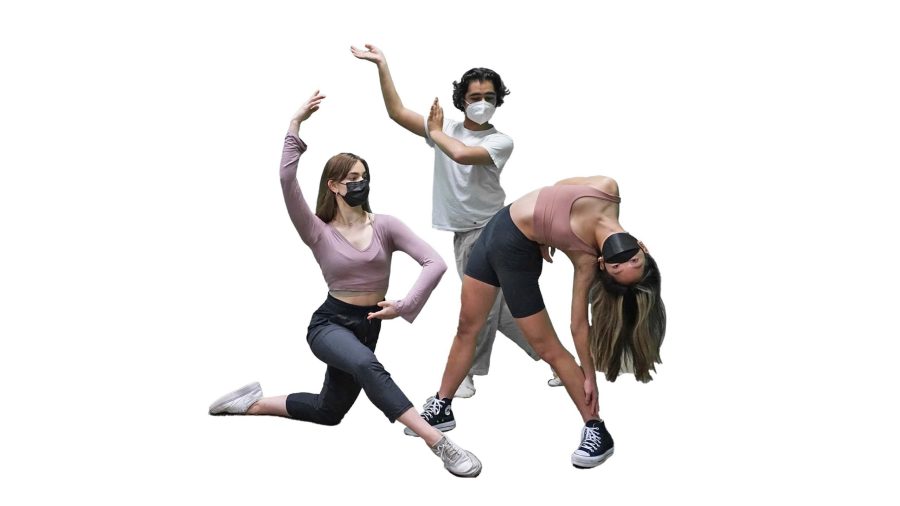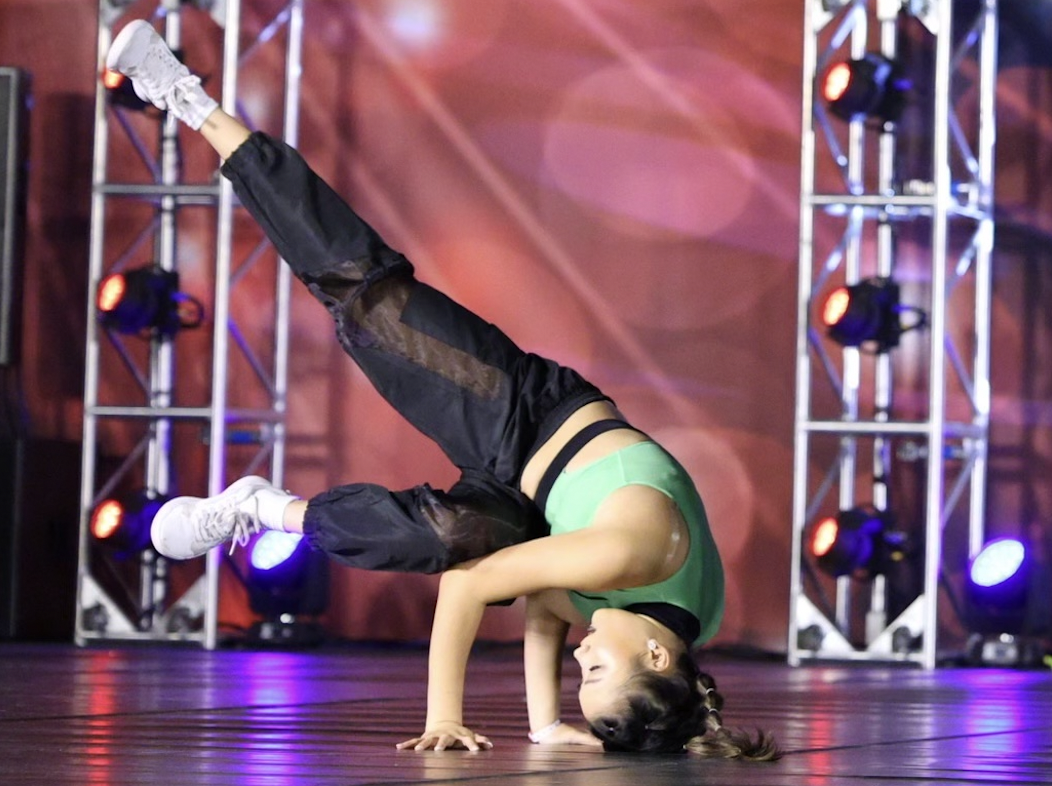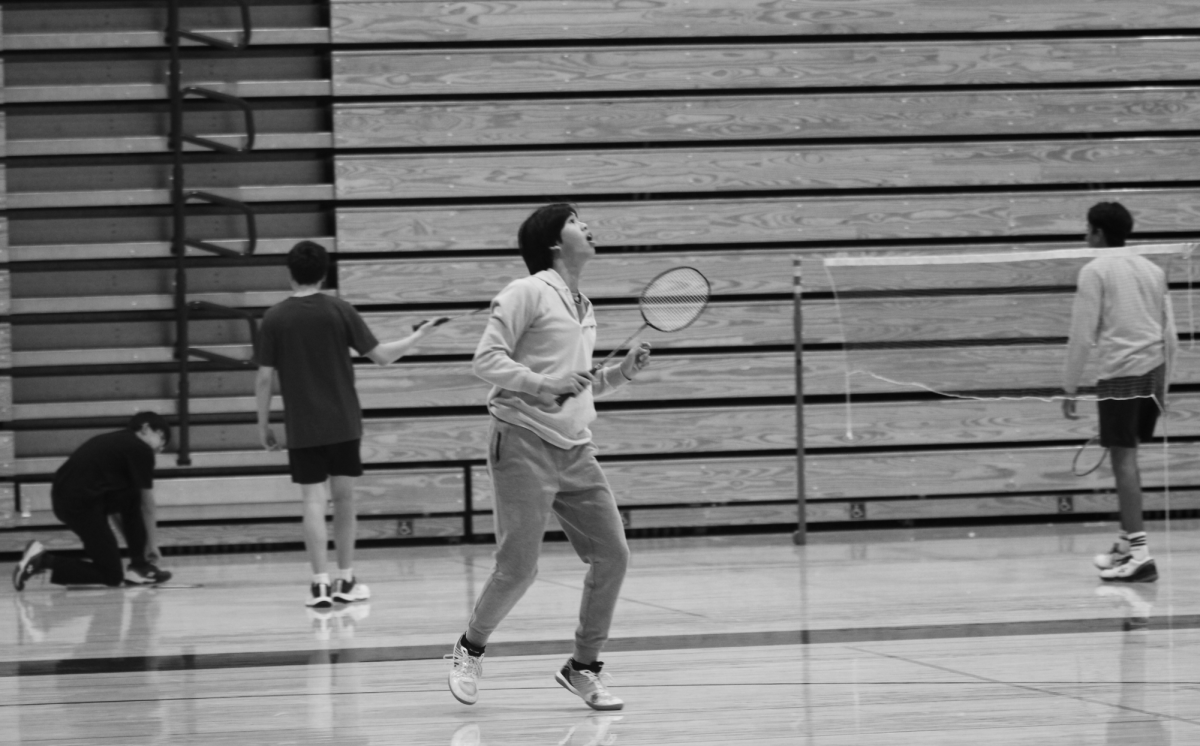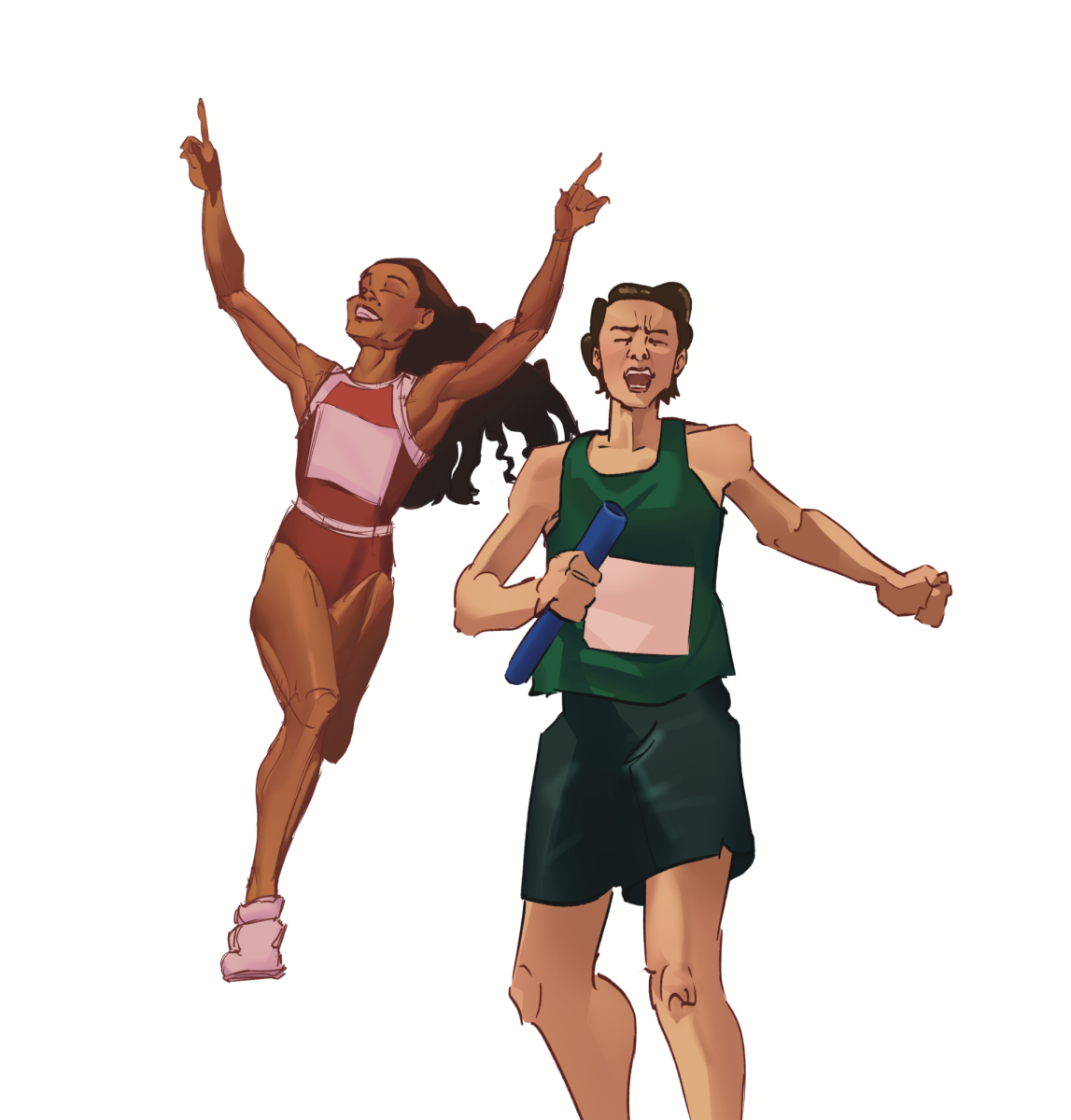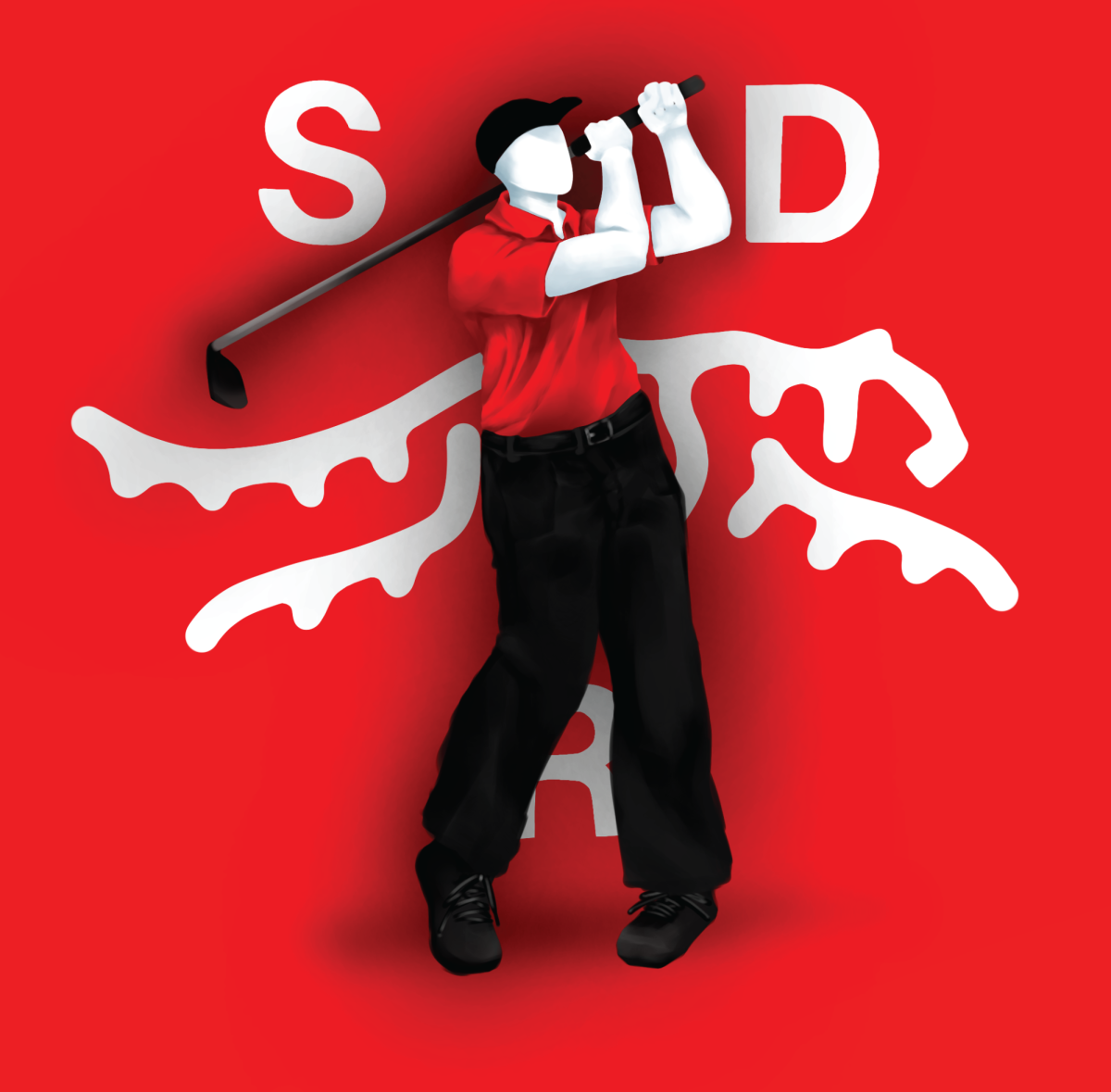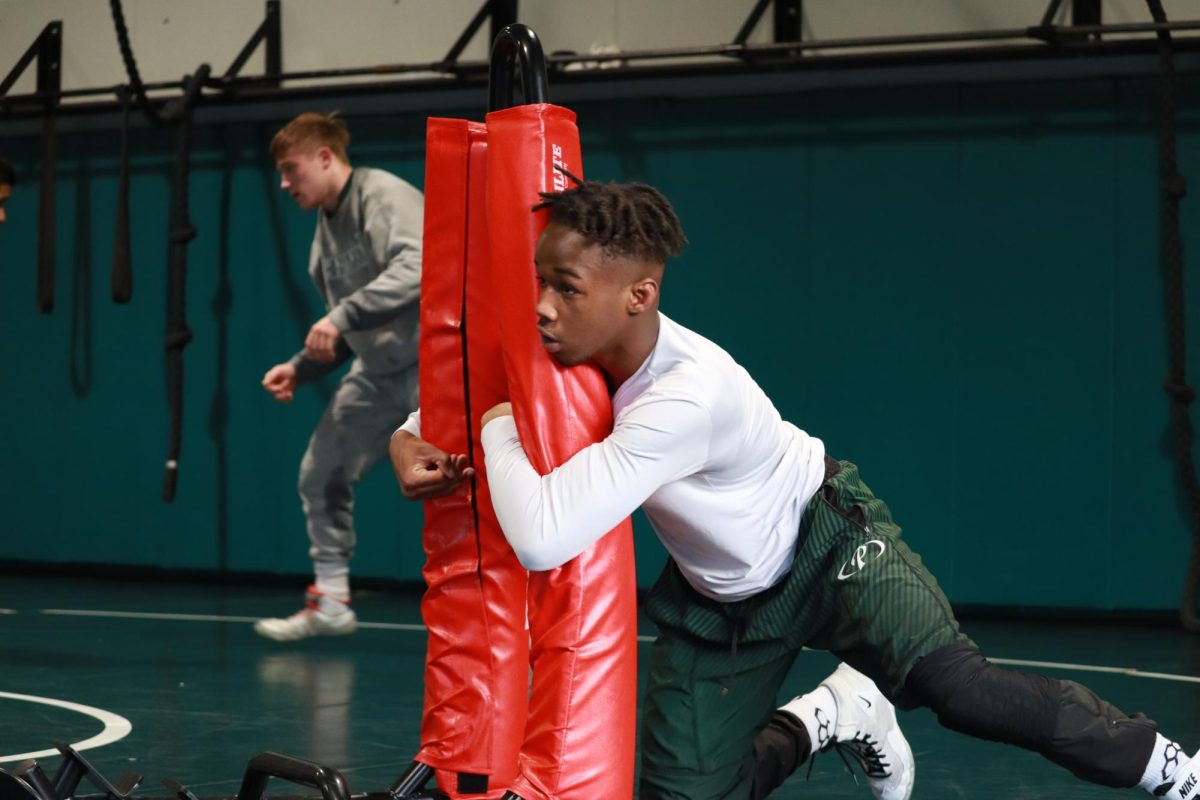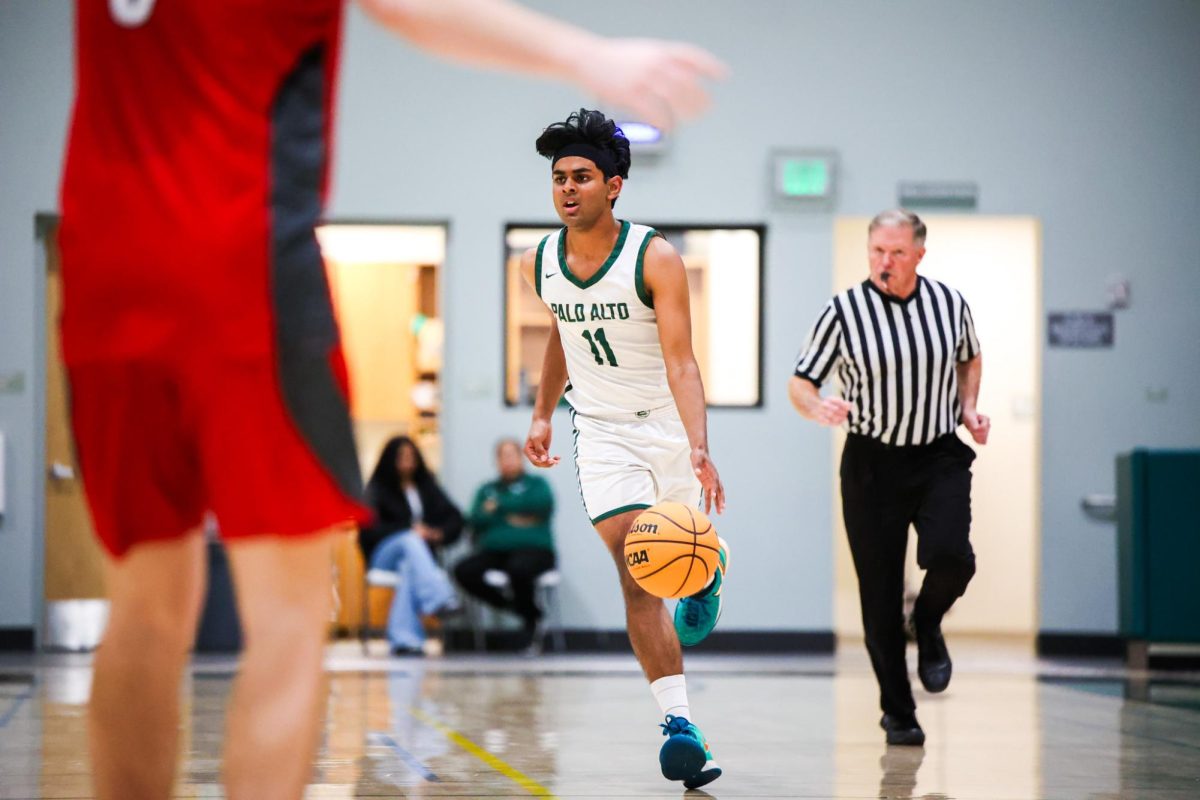From the hand symbols of traditional cultural dances to the leaps and spins in ballet or even the locking and popping in hip hop, the movements in dance are as varied as the places they originate from. Often accompanied by music, dancers tell stories through movements, combining the precision of sports with the artistic expression of art to communicate in a unique dialect.
Keeping It New
The prompts on junior Evie Barclay’s dance calendar are unique: “On the edge of a skyscraper,” “Heavy metal ball rolling throughout body” and “Liquids of different viscosities.” These are only a few of the scenarios Barclay said she tries to portray through movement in her daily improv dance practices.
“Dance is storytelling, and sometimes the mental exercises can grow stale in my mind,” Barclay said. “If I want to come up with something new and discover new movements, there’s some little sentences that I have that I’ve collected over time that provide vivid imagery I can latch onto as I move.”
For Barclay, movement is a critical part to telling the story each dance piece contains. To become a better dancer and storyteller, she said she has trained and competed in more than 10 dance styles ranging from contemporary to ballet to jazz. Barclay said she tries to take classes in as many styles as possible in order to strengthen the muscle and mental connections that help her become a more elegant yet dynamic dancer.
“I personally like to spend more time in movement,” Barclay said. “I’d rather be enjoying a moment so much that I forget to move on than anticipating and thinking about what comes next. So it’s really the very tiny moments and choices where I think, ‘OK, instead of hitting this hard like everyone else is hitting, I’m going to really look at my hand and turn it over and put a lot of energy into that.’”
These small moments of personal expression are just another way Barclay said she fully invests herself in the story she is portraying. As she moves, Barclay said she draws on the creativity that years of dance and improvisation practice have cultivated in order to create mental pictures she then expresses through her movement.
“You can find dynamics in all styles of movement based on where you put your energy and your intention,” Barclay said. “And … dance is so rich culturally. It’s so amazing, and I’ve really enjoyed getting to know the different types of dance.”
From Past to Present
His wrists rotate and his fingers fold as he steps in time with the music. When senior Akhil Joondeph dances, symbolic hand gestures and the bells around his ankles work in tandem to tell a story in every line of music.
“Dance is definitely an art form,” Joondeph said. “I don’t think there’s any real debate about that. Art is very subjective, but it’s also just a way for humans to visualize the human experience into some amount of sensory creation.”
Although he has tried many dance styles, Joondeph said he most enjoys two: Odissi, a form of Indian classical dance, and Indian contemporary dance. To further explore those interests, Joondeph said he has choreographed shows, taught Indian dance and become an assistant artistic director at his dance company. He said part of his intent as a dancer is to keep traditional styles like Odissi alive.
“There’s a bunch of (Odissi dance pieces) that go super under the radar,” Joondeph said. “And because there’s no written record of dance, as soon as these old practitioners of the form pass away that know these dance pieces, the pieces basically die.”
Over the past year, Joondeph said he has been researching, archiving and learning the pieces himself through hundreds of hours of combing through the internet for obscure Odissi dance videos and their choreography.
“It’s not just dance,” Joondeph said. “It’s like archiving history. It’s keeping a cultural tradition alive, and it’s keeping this cultural history intact … To be able to save some really, really awesome pieces of dance history — I think that’s something that’s really made me feel super fulfilled.”
Adding Her Own Flair
Freshman Kennedy Do’s movements are fluid and graceful as she rises up on her toes just as the music slows. Then the drumbeat hits, and she drops to the ground before launching into an explosive series of steps that culminate in a controlled halt. Moments later, the music fades, and the audience erupts into cheers. It is the 2020 Miss Teen Dance competition, and Do has just performed the routine that earned her the title of Miss Teen Dance and first place Teen Soloist.
“It just felt like all my hard work paid off,” Do said. “As I was younger, I would always look at these girls who were just dancing … (thinking), ‘I want to be like that when I’m older.’ And that really inspired me to work hard and try out new styles, and that’s when I really found my love for dance.”
Since then, Do has committed herself to four to five hours of daily practice and full-day dance conventions on the weekends, taking every opportunity to learn from more experienced dancers and work toward her goal to become better.
“I would describe myself as a dancer as really diligent and driven,” Do said. “I take the initiative, and I take the time on my own to practice outside of dance to build my skills and try to improve and take corrections from my teachers, so I can come back to dance class feeling more confident in what I’m doing.”
As Do improved, she said she has continued to push herself to grow in new styles like heels and ballroom dancing, connecting with her inner voice in all styles of dance.
“When I’m dancing, it’s a way for me to express my creative energy,” Do said. “So for example, if I’m learning a dance combination, I always try to add my own flair to what I’m doing, just to make it stylized.”
Showing A Story
Six-year-old William Rumelhart had tried just about every type of sport — in soccer, he shot into his own goal; in basketball, he didn’t see the point of traveling. But just before he concluded that sports were not for him, he attended a dance class.
“It was cute,” Rumelhart, now a senior, said. “In order to be comfortable taking the class, I insisted that (my mom) come sit in the door and watch me so I could see her while I was taking my first class. After that, I just liked it and stuck with it through thick and thin.”
Rumelhart focuses on classical ballet, and while he said enjoys it because of the community of dancers he works with and beauty of the movements that accompany music, he is drawn to ballet for more than that.
“How to tell a story without words is the most interesting aspect of it for me,” Rumelhart said. “And (besides ballet), I also am really into poetry and creative writing. So it’s like all words and no words. That dynamic I find very interesting, beyond just the steps of ballet itself.”
Rumelhart said he views ballet as a physically intensive performing art, one that is beautiful not just because of the story being told, but also how that story is being told.
“Performances (like) ‘Swan Lake’ — the story of the prince who falls in love with the white swan but who was controlled by the evil swan — it’s all very literary in some ways,” Rumelhart said. “It has a plot to it. And so in that sense, (ballet) is storytelling, and the way it’s told, in addition to what is being communicated, is magical.”
Making Connections
The music speeds up as sophomore Emma Zhang spins across the floor, the ribbon of fabric in her hand turning into a blur of white and black. Zhang dances to a classical Chinese song, drawing upon her figure skating, lyrical dancing and ballet training to keep her movements balanced and quick.
“Chinese dance focuses on different techniques, spins and jumps,” Zhang said. “A lot of spins in ice skating are also in Chinese dance, (which) a lot of other styles of dance don’t have.”
While Zhang said she has tried many forms of dance, she said the ones she enjoys most are Chinese classical dances, Chinese minority dances and ice skating, both individually and as a group.
“(Chinese dance) helps me connect with my culture and my family and relatives because they’re all really interested in Chinese opera and its dances,” Zhang said. “… (And) ice skating is like dancing on ice. A lot of the things you see in dance, ice skating has too — pirouettes in ballet you would see on ice too. Big leaps in dance you would also see on ice.”
Zhang said she is preparing for the Chinese dance’s upcoming competition season. At the same time, she is also getting ready to perform her solos and synchronized skating numbers for the annual spring show her ice rink holds.
“(The team) is all preparing for our numbers and programs,” Zhang said. “It’s really exciting, really fun — a big bonding experience for the team.”

